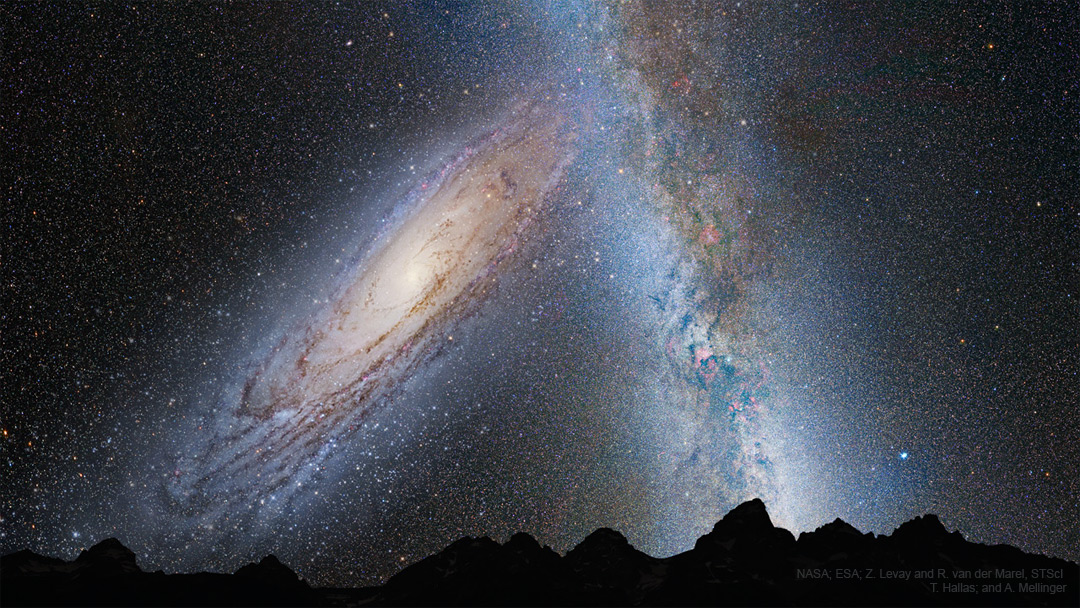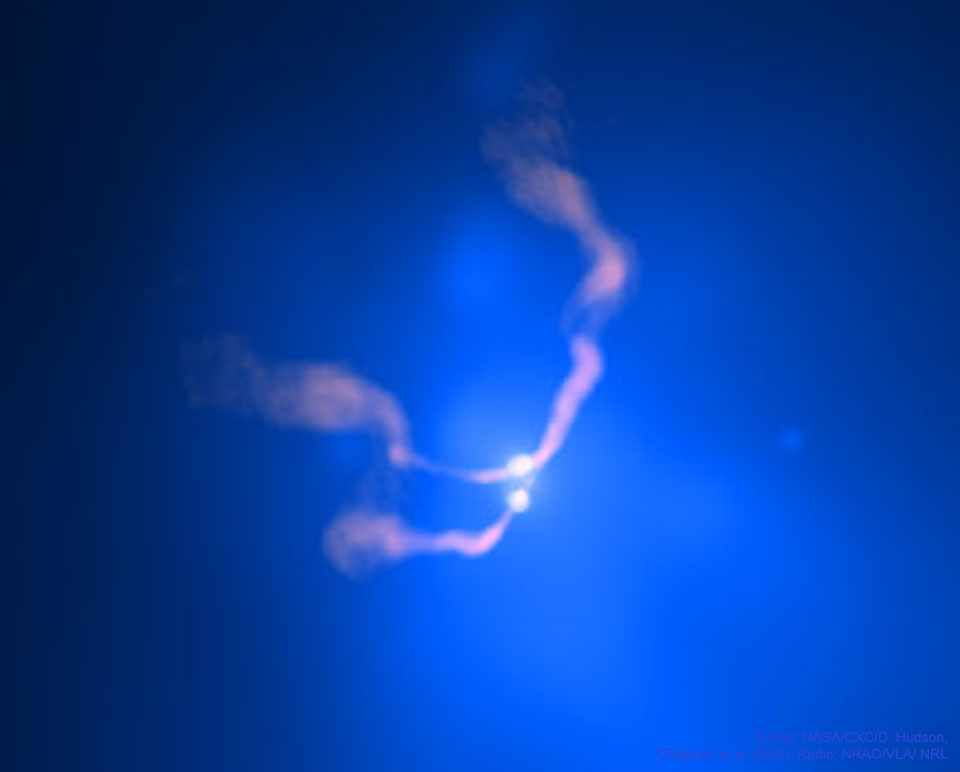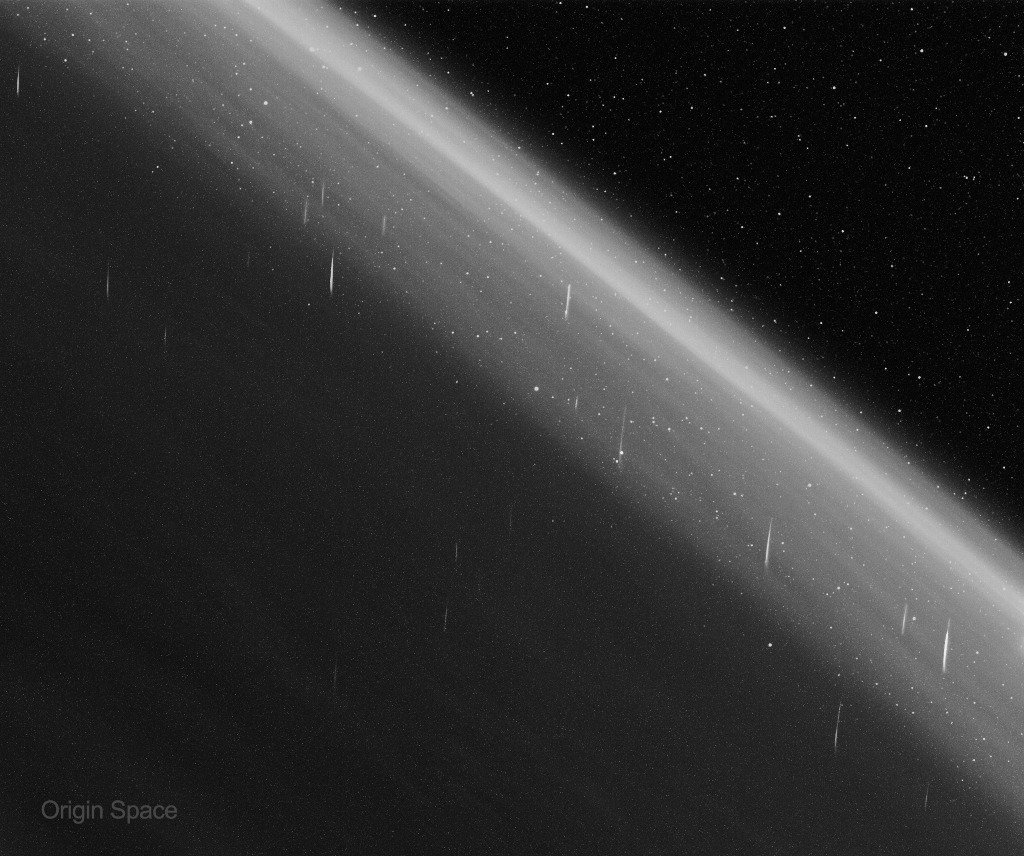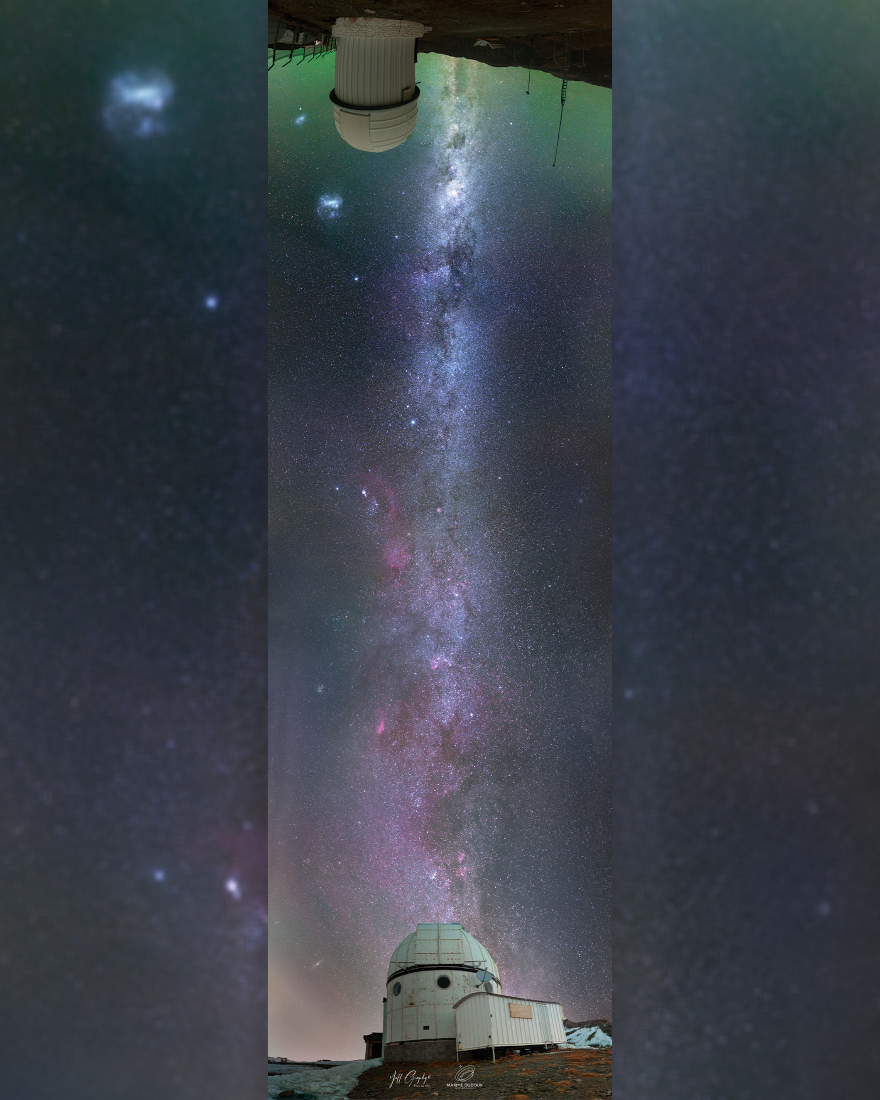
Artemis I Moon Rocket Heads Back to Launch Pad for Testing





NASA and SpaceX are targeting 10:22 a.m. EDT Friday, June 10, to launch the agency’s next investigation to monitor climate change to the International Space Station.
from NASA https://ift.tt/wV02Fa6
via IFTTT
For the second year in a row, The University of North Carolina at Charlotte won the launch division, while Tarleton State University in Stephenville, Texas, won first place in the design division of NASA’s 2022 Student Launch rocketry competition.
from NASA https://ift.tt/fEtKBNo
via IFTTT
NASA will host a media teleconference at 10 a.m. CDT Tuesday, June 7, to discuss research about intense summer thunderstorms over the central United States and their effects on Earth’s atmosphere and climate change.
from NASA https://ift.tt/MA2CLw6
via IFTTT


NASA has selected a variety of projects that take innovative approaches to broadening student participation in science, technology, engineering, and math to receive awards totaling approximately $12.5 million.
from NASA https://ift.tt/RWMNyD9
via IFTTT